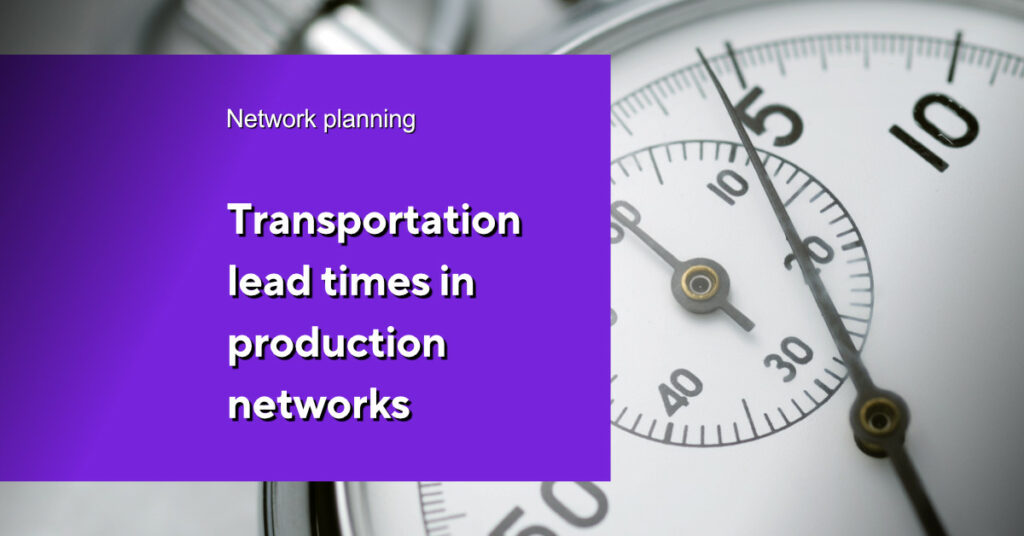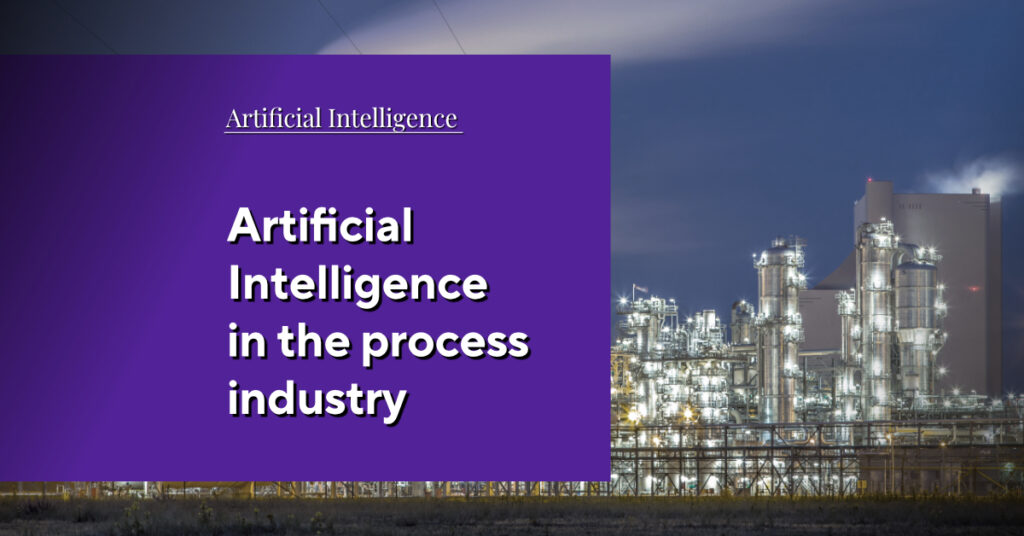Resource optimization with desk-sharing
As in many companies worldwide, the employees at OPTANO spent several months working from home during the pandemic. And, like in many other companies, working from home is no longer compulsory but several colleagues would like to see a hybrid work model in place. This means they can alternate between working remotely and in the office.
This flexible work model not only has advantages for employees. Companies can also benefit from the opportunities this concept presents. Not only can they employ people who live further afield who would otherwise be unable to come into the office every day, hybrid work models are also an opportunity to reduce overheads on office space. This is a particularly relevant argument if we bear in mind that winter 2022/23 will see a huge rise in energy prices for both private households as well as businesses.
But how can hybrid work help here? The answer is simple: those who come into the office share a desk. This is known as desk-sharing and is the ideal concept for hybrid work; and as an element of “New Work”, it is also a hot topic.
The crisis is a booster for New Work
The fact that the crisis surrounding the pandemic has boosted digital transformation and consequently driven the New Work trend forward is something that our business partner, Crearo, has perceived in the market. Yet this is by no means a phenomenon that has emerged over the last few years. The term had already been created back in the 1970s. Broadly speaking, it describes the structural change to our working world – characterized by globalization and digitization. New Work comprises the new attitude towards work itself, but also innovative changes in companies – and not least the structure of the workplace.
And this is where Crearo comes into play: The consultancy firm supports businesses in the implementation of basic change management projects – also with regard to New Work. Crearo creates new structures which are the basis on which new office concepts such as desk-sharing can work. This includes designing office layouts and developing future collaboration concepts, to name but a few. Read on to learn how OPTANO can contribute towards all this using mathematical optimization.

Are you interested in our factsheet?
What are the benefits of mathematical optimization?
Desk-Sharing as a future office concept
Desk-sharing is frequently mentioned in connection with New Work concepts as it has advantages for both employees and companies.
As well as arguments like more flexibility and improved communication, there are also other factors such as increased creativity and employee satisfaction. Here, unused spaces can find new functions as creative space or meeting rooms.
Did you know?
Another expression for desk-sharing is “hot desking”. This is inspired by “hot-bunking”, a maritime expression, which sailors first used in 1980. Due to lack of space, sailors would share bunks with other sailors who worked on a different shift. While one worked, the other slept – and vice versa.
Together these aspects form the ideal basis for a modern corporate culture and are consequently good arguments for the desk-sharing concept which is also known as “shared desk”, “flexible office”, or “hot desking”.
However, many companies are mainly choosing the concept to yield financial benefits. This is because work spaces can be optimally utilized and better alternatives can be found for unused spaces.
Reducing the costs of unused work spaces
If companies are not sure how much workspace is actually required, they risk incurring unnecessary costs for spaces that are not being used. According to reports on resource optimization financial savings of up to 30% are possible with the desk-sharing concept. The following cost aspects have to be considered:
Costs for new buildings and rentals
In the case of new premises or leased office buildings, significantly less office space can be calculated if a hybrid work model with a desk-sharing concept is taken into account. Existing office locations also offer potential. Office space can become too small in the long-term if a company’s workforce keeps growing and each employee has been assigned his/her own desk. By introducing the desk-sharing concept a company can prevent slow workforce growth because of space problems.
Costs for office equipment
Fewer workspaces also mean that less office equipment is needed. Thanks to desk-sharing, the fewer desks a company has, the less it has to invest in fully equipped offices. Furthermore, space which is barely utilized can be put to good use in a different way, for example as creative space or meeting rooms.
Energy costs and sustainability
Everybody will be focusing on energy costs this winter. With regard to the current developments in the gas and electricity markets, every square meter that needs to be heated and every desk lamp that has to be switched on will have an impact on our energy bills.
Apart from the economic aspects, desk-sharing also has an ecological effect. If consumption of gas and electricity is lower, we will see a reduction in CO2 emissions.
How much is needed? The Desk-Sharing Quota
If just half of a 50-strong team is working in the office, is it necessary to have 50 available desks? The answer here is clear: no! But how many desks should be available for the desk-sharing concept to work?
Due to the remote work models which have emerged over the last few years, it has become far more complex for companies to co-ordinate workspaces at their business premises. Planning in advance how many employees will be in the office is not an easy task.
There is no classic benchmark for the desk-sharing quota. Every company is different. In some companies a lot of the employees work from home, in others remote work acceptance is not as high.
One of the biggest mistakes in desk-sharing is to apply the same average office attendance quota for each day. Mondays and Fridays are days on which people prefer to work from home. There are also seasonal fluctuations in office attendance. People may prefer to work in air-conditioned offices on a hot summer’s day than at home in their attic flat.
The desk-sharing quota and occupancy plans
Qualified data is the most important basis to determine the desk-sharing quota. Our business partner, Crearo, collects values in which employees state when they most prefer to be in the office. (Weather) scenarios – as described above – can also be mapped in the data. For this purpose it would also be possible to conduct a survey among desk-sharing “beginners” with regard to their behavior in the described scenarios.
Crearo also collects data on meetings. The results can vary here, depending on whether these are purely informative or inter-active events. Experience has shown that the latter tends to be held on the premises instead of remotely.
There are other requirements that need to be considered when planning office attendance. For example, certain employees may need to work together on projects. To ensure that further advantages of desk-sharing are put to optimal use, such as the optimization of communication and creativity, the teams should ideally be in the office at the same time.
This combined data forms the basis on which to determine the individual desk-sharing quota and the office occupancy plan.
More interesting articles
OPTANO helps to determine quotas and plans
Planning software such as OPTANO can be adapted to any individual planning challenge. In order to determine the desk-sharing quota and draw up optimal occupancy plans, OPTANO uses all the data available and analyzes this quickly with the help of advanced procedures such as Predictive and Prescriptive Analytics. Highly sophisticated and complex algorithms as well as powerful solvers are deployed in the creation of the mathematical model.
Thanks to OPTANO, the desk-sharing quota is not simply based on experience or average ratios but is scientifically substantiated. Robust office occupancy plans in which all constraints are taken into account are also created quickly and easily.
In this way, OPTANO enables a mathematically optimized resource and capacity planning, the result being reduced costs for office space.
The particular challenges of capacity plans
An interview with Dr. Dominik Hollmann, Analytics Lead Consultant at OPTANO
What challenges need to be taken into account when creating a capacity plan such as the desk-sharing concept?
Dr. Dominik Hollmann: As in all optimization projects we have to consider all of the so-called constraints. Here we distinguish between hard and soft. For instance, while there are clearly more hard constraints in production, when planning office occupancy, employees have a lot of preferences which can be viewed as soft constraints.
What hard and soft constraints can there be in desk-sharing?
Dr. Dominik Hollmann: For example, preferences with regard to office attendance times are often soft constraints. Mondays and Fridays are usually the more unpopular office days. A lot of employees don’t want to drive to the office on consecutive days. With part-time employees it depends on their work contract as to whether the constraints are soft or hard. The hard constraints have to be included in the planning. In desk-sharing these could be how to equip individual offices (desks, special monitors, etc) but also having team meetings on fixed days.
How can software or an algorithm work with soft constraints?
Dr. Dominik Hollmann: Well, in this case we have to quantify the employee satisfaction together with the client. How important is it to meet the employees’ wishes in terms of the cost savings? What would happen if we only fulfilled some of their wishes, or none at all? The satisfaction is weighed up against the costs. In many areas there is an iterative process as the data is not available from the very beginning. This is not a problem for our software, however, since the new constraints that need to be considered are simply included and a new calculation is made at the touch of a button.
Office occupancy is all about operational planning whereby determining the desk-sharing quota is strategic. How can OPTANO help here?
Dr. Dominik Hollmann: The scenario manager is a very useful tool here. You can view various scenarios: What would be the effects of extending office spaces in various forms? In this case, scenarios such as leasing, building new office buildings or other kinds of office models are compared with each other and then evaluated. OPTANO always gives you the best solution – taking all the constraints into consideration.
OPTANO has experience
OPTANO has already dealt with the issue of capacity planning during a project for Lufthansa Flight Training (LFT) GmbH. You can read our short success story Profit-optimized flight simulator planning at Lufthansa for more information.
If you would like to learn more about how OPTANO and mathematical optimization can help you save costs, simply download our factsheet “What are the benefits of mathematical optimization?” You can also contact us if you have any further questions. Our colleagues are happy to answer any questions you may have about capacity and resource planning. Alternately, send us an e-mail and we will get back to you.
Is it worth implementing desk-sharing at your company?
If we think about the dramtic increase in energy prices this winter then desk-sharing is certainly worthwhile. However, employees must agree to the concept. For this reason a high level of transparency on this issue is extremely important.
Having a few rules in place means that desk-sharing can run smoothly in your company:
- The equipment at each workplace has to be identical to avoid having “unpopular” workplaces.
- There should be somewhere for employees to stow their belongings. Personal items which are usually left on the desk or in drawers could be stowed in mobile cabinets or lockers.
- And because we all want to have a clean and tidy desk, a clean-desk policy is absolutely essential.
Have you got your copy of our factsheet on this topic yet?

In our factsheet “What are the benefits of mathematical optimization?” we ask 5 questions to help you assess whether mathematical optimization brings benefits to your organization.
To obtain our factsheet, all you need to do is enter your contact details in the space below. A pop-up window will then open to download the whitepaper. Please note that by providing us with your email address, you agree that we may contact you on this topic. You may revoke this agreement at any time by contacting privacy@optano.com.






